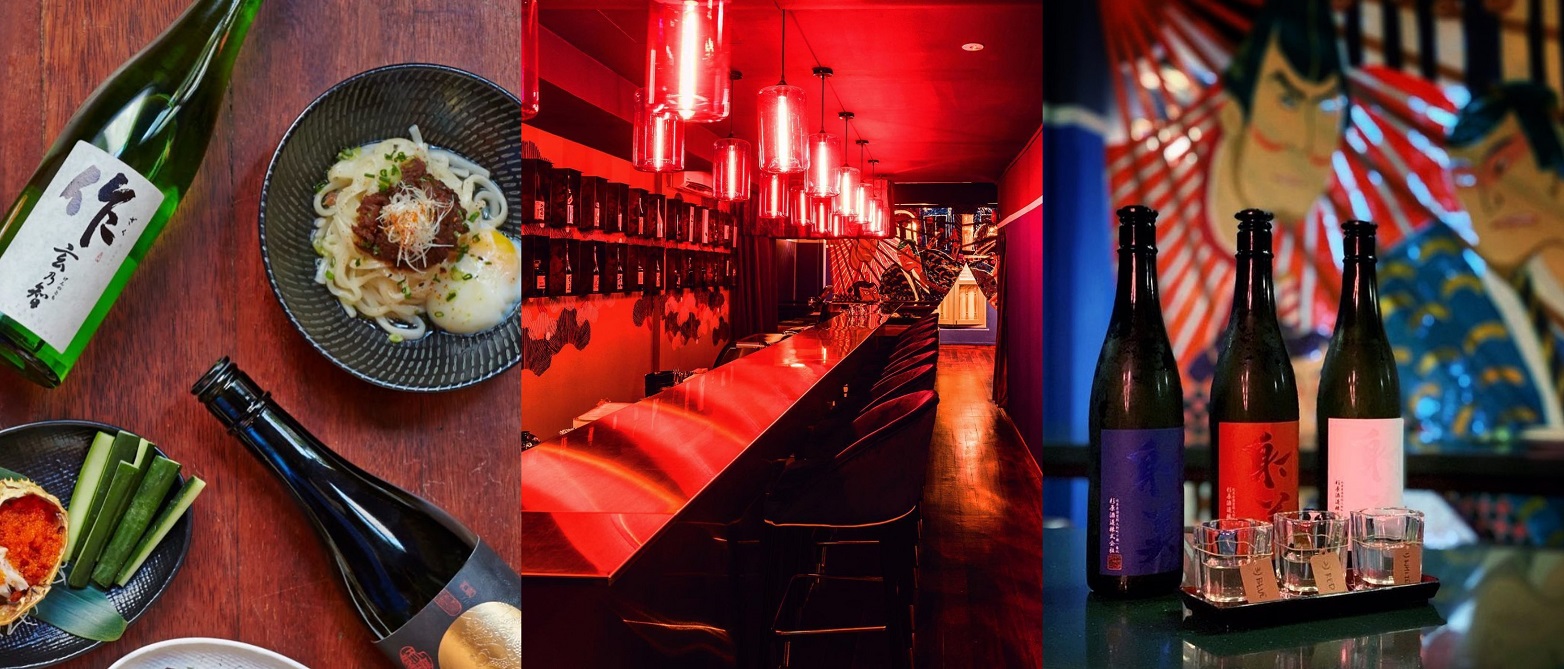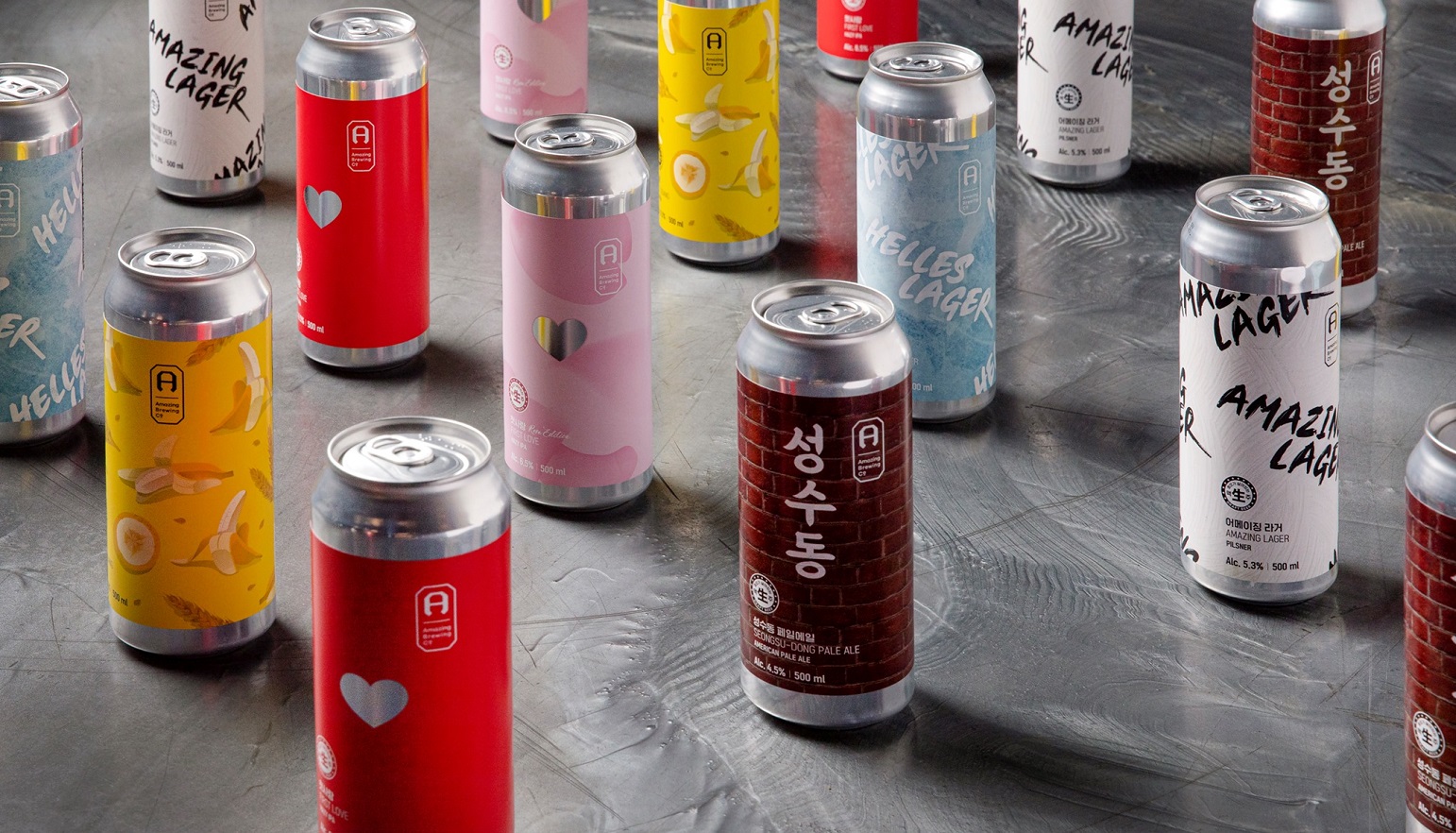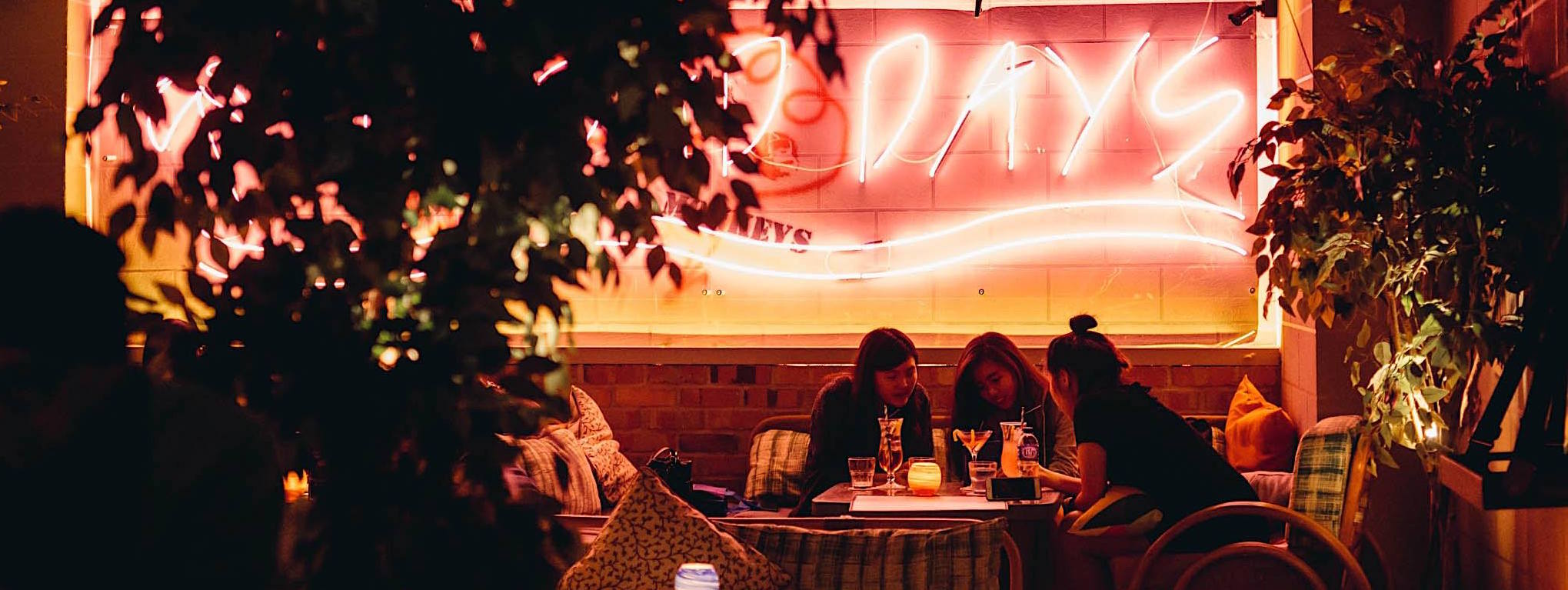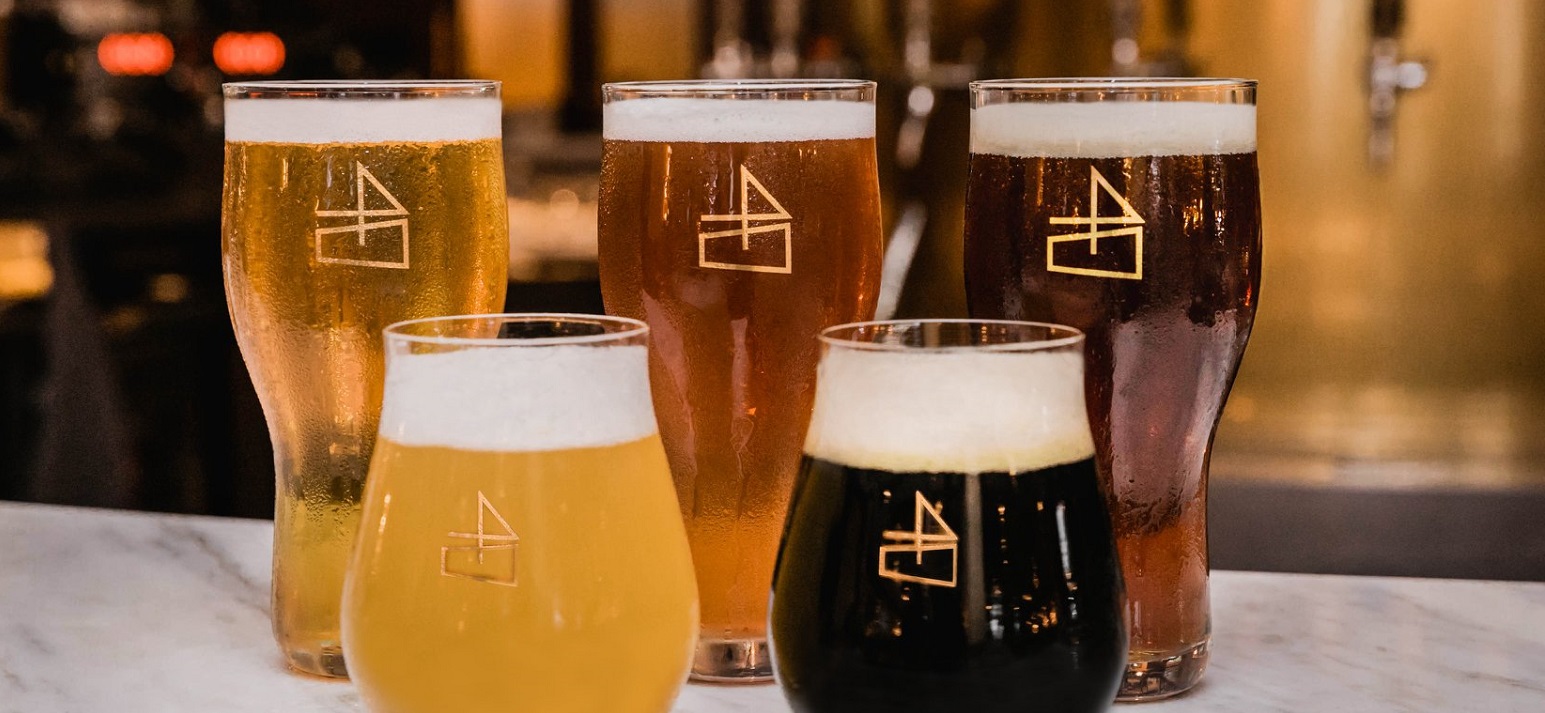When Drew Mayville, Master Blender of the world’s most awarded distillery, Buffalo Trace, came to town, we knew we had to speak to him. It was his first time in Singapore, so we spared him the usual nonsense of asking him if he had tried any local food and what his favourite was. The answer is always chilli crab anyway.
Instead, we asked him for tips on how one becomes a Master Blender. It’s a great job—you basically drink lots of whisky all day (okay, fine, there’s a little more to it than that). In that same vein, we also found out from him how to properly run a distillery, seeing as Singapore just got its feet wet in the distilling business, so we may all properly aspire to work in one someday.
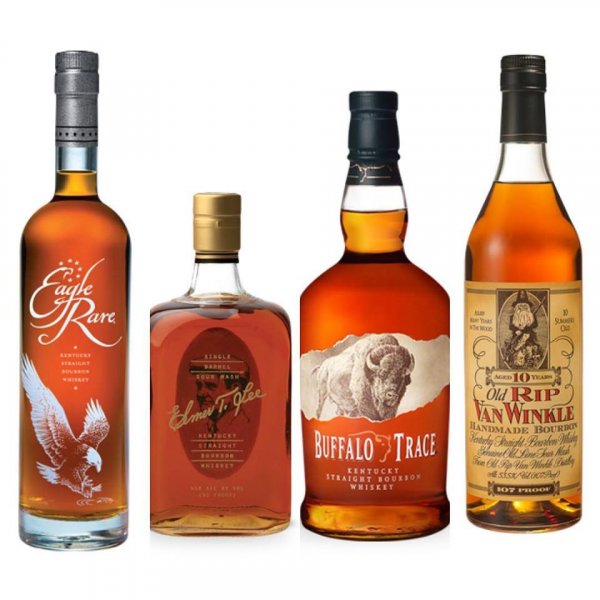
Some of Buffalo Trace Distillery’s products
How does one become a Master Blender? Did you dream to become one since young?
I never dreamt to be a Master Blender but what I wanted to do was to work in the distilling industry. When I was working at a distillery, the company wanted someone to go to the bottling and quality department. Nobody wanted to go. Me neither. But I was sent as I was the youngest. That was when I started tasting the products. Eventually, you rise up the company through various positions and you learn from the Master Blender, that’s when you get the experience to make decisions from the Master Blender. There’s no course to become a Master Blender. It’s a lifetime journey and I have been in the alcoholic beverage business for 40 years. So I guess I am about halfway done. I don’t consider this work though. Every day is such fun and play.
Correct me if I’m wrong, but it seems more enjoyable to be Master Blender than Master Distiller, since you get to drink more all day.
Of course! A Master Distiller is more about science and distillation while a Master Blender is more about the art form of blending. There is no school you can go to. Both are separate roles, although in a smaller company it may be the same person doing both.
Singapore has become one of the cocktail capitals of the world in just a few short years. How important is that when marketing your bourbon?
It’s very important but I don’t think the accessibility to bourbon here is very strong yet. This being my first time in Singapore, it seems like there is a lot of interest in bourbon culture during our tastings with trade and consumers at Manhattan, so I can see that this is a market that is important as it is getting dynamic.
Local distilleries and micro-distilleries are a new phenomenon for Singapore. What advice will you give budding distillers, and one day blenders, here?
My advice is to let it age till it tastes good. It’s not always an easy decision to make as usually distilleries like to sell whiskies as quickly as possible. But it’s important to let your whisky taste good. If not, in the long run your reputation will be ruined. That’s much more damaging.
I hear a Singapore-made whisky will soon become a reality. And by soon I mean a few years. What are your thoughts on that?
There are many questions to that question. What’s the recipe of Singapore whiskey? Is it barley-based, or is it a grains-based whiskey. If it is, what type of grains? What’s the definition and what do the laws say? If it was to mimic the American whiskies, it would be difficult as there’s so much history. Japanese distilleries are making some excellent whiskies too but they mimic Scotch whisky. So you need to decide what would you want it to taste like, and it will determine what it is.
Honest opinions on unaged whisky?
Unaged whisky to me is like wet dog.
I hear your distillery is big on experimentation too.
We actually run the Single Oak Project at Buffalo Trace, where we selected 96 American oak trees that differed according to the number of growth rings per inch and growing location. Each tree was then cut into two parts—top and bottom—yielding 192 unique tree sections. A single barrel was constructed from each section. We varied the stave seasoning and then charred the 192 barrels differently. They were then filled with different recipe whiskies, at various entry proofs and aged in a variety of different warehouse styles. We sent this to the top whisky writers and connoisseurs to directly compare the impact of seven different critical variables across 192 bottles for a total of 1,396 taste combinations. That really gave us good insight on how to make better whiskies.
We also have another project, Warehouse X, which is about testing what’s the best condition to make the best whisky. What are the variables that will make the best whisky, so we can build different warehouses. The aging conditions can make the whiskey. I know this as I can taste the whiskies and know which warehouse it came from.
We just started this programme and our first experiment was on light. We spent a few years collecting data on whether light makes a better whisky. Our findings show that it does not. We are just wrapping up the second programme and it’s on temperature and we will publish the results soon.
If you have to choose one of your own bourbons to drink for life, which will it be?
Buffalo Trace is my all-time favourite. It’s an everyday drink. I sometimes also say: “The one I have not made”. So I guess that’s two bourbons I will drink for life.
Other than your own brands, which whisky out there will you say is one you fancy?
I like Canadian whiskies as I grew up with it, and I’m Canadian.
For my own benefit, when are you guys making the Bourbon Cream available here in Singapore?
I actually invented that! When I first came to Buffalo Trace, I wanted something that people could enjoy that doesn’t taste like bourbon, but what I ended up making is something that tastes like bourbon and people enjoy it because of the cream. As for the answer, we’ll have to let you know again.


